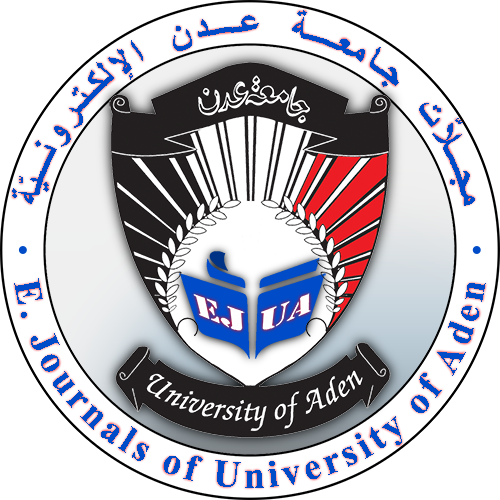ASSESSMENT OF THERMAL COMFORT IN A NATURALLY VENTILATED MECHANICAL WORKSHOP BUILDING USING CFD METHOD
DOI:
https://doi.org/10.47372/ejua-ba.2024.1.322Keywords:
Mechanical workshop building, Natural ventilation, Electrical fans, Thermal comfort, Hot and humid climate, Computational fluid dynamics (CFD) methodAbstract
In hot and humid climates thermal discomfort is a major problem to the occupants of many buildings especially when they are not equipped with an air-conditioning system. Thermal comfort is an essential requirement in most occupied spaces because it affects the productivity, health and thermal satisfaction of the occupants. Mechanical Workshops are considered as important buildings in Yemeni universities. They are places for the students and teachers to perform their researches and experiments activities. Most of the mechanical workshop buildings in countries with a hot and humid climate use a combination of natural ventilation and electrical fans that are commonly used to provide thermal comfort to the occupants. This paper presents a study on an assessment of the level of thermal comfort in the mechanical workshop building which is located in Faculty of engineering, university of Aden, Yemen using computational fluid dynamics (CFD) method. The CFD method was conducted to predict the thermal comfort inside the workshop building. The level of thermal comfort inside the workshop building was found to be well outside the comfort limits as specified by ASHRAE standards. Therefore, an alternative ventilation method is needed to improve the thermal comfort inside the Mechanical Workshop building.
Downloads
Downloads
Published
How to Cite
Issue
Section
License

This work is licensed under a Creative Commons Attribution-NonCommercial 4.0 International License.










